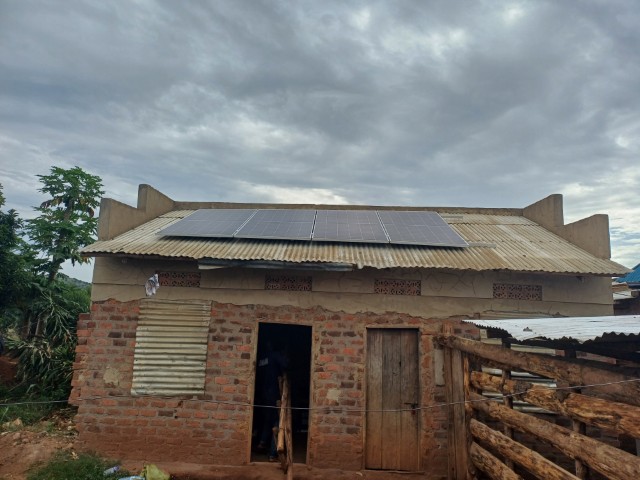Uganda faces a critical rural energy gap, with about 80% of its population approximately 33 million people living off-grid. Half of this off-grid population relies on small solar PV systems that primarily meet basic household needs like lighting and phone charging. Productive uses of electricity, such as refrigeration, water pumping, milling, and e-mobility, remain limited due to the high capital costs of solar PV systems. Biomass mainly firewood and charcoal accounts for over 90% of Uganda’s energy consumption, often burned in inefficient three-stone stoves. This practice has significant environmental and health consequences, especially for women and children, while agricultural waste contributes further to greenhouse gas emissions through methane release.
Biogas, particularly from livestock waste, offers a reliable, cost-effective energy source. However, in Uganda it is primarily used for cooking, despite its potential for electricity generation. Similarly, solar PV is widely available but faces limitations due to intermittency, battery costs, and poor product quality. Both technologies have struggled to scale for productive uses in rural communities.
To address this gap, the project “Development of a Solar PV–Biogas Hybrid Microgrid Reference Design” was initiated under the Makerere University Research and Innovation Fund (Mak-RIF). The goal was to design, pilot, and document a financially viable, technically robust hybrid energy system combining solar PV and biogas, tailored to rural communities with abundant bio-feedstock.
The pilot was installed in Kalungi B in early 2024. Due to budget constraints, some system components were downsized:
Seven businesses (two salons, two retail shops, a motorcycle repair shop, a fast-food joint, and a drug shop) were connected. A double biogas burner was also installed for cooking. Feedstock came from cattle farms located 4 km away, requiring organized collection and delivery.
The project demonstrated a scalable, sustainable energy model for rural Uganda that addresses energy poverty, waste management, and climate change mitigation. It has potential for replication in other agricultural communities with available feedstock, supporting Uganda’s SDG #7 targets (affordable, reliable, sustainable energy for all).
Makerere University – College of Engineering, Design, Art, and Technology (CEDAT)
External Collaborators
Service Providers
Funding

The team surveyed five rural communities (four off-grid and one on-grid) in Mubende and Kayunga Districts, collecting demographic, energy use, and feedstock availability data. This included customer profiles, current energy sources, cooking energy use, costs, and available space for power plant installations. One village Kalungi B in Mubende District was selected as the pilot site due to its high concentration of businesses, abundant feedstock, and compact layout, which reduced distribution costs.
The technical design prioritized solar PV when available, supplemented by biogas during low solar periods, with batteries as a last resort. Simulations showed that the hybrid model met energy needs consistently under moderately sunny conditions and reduced storage requirements compared to a solar-only system.